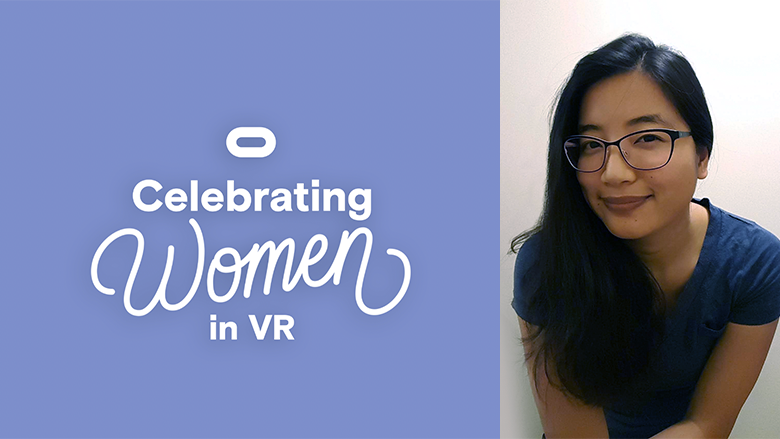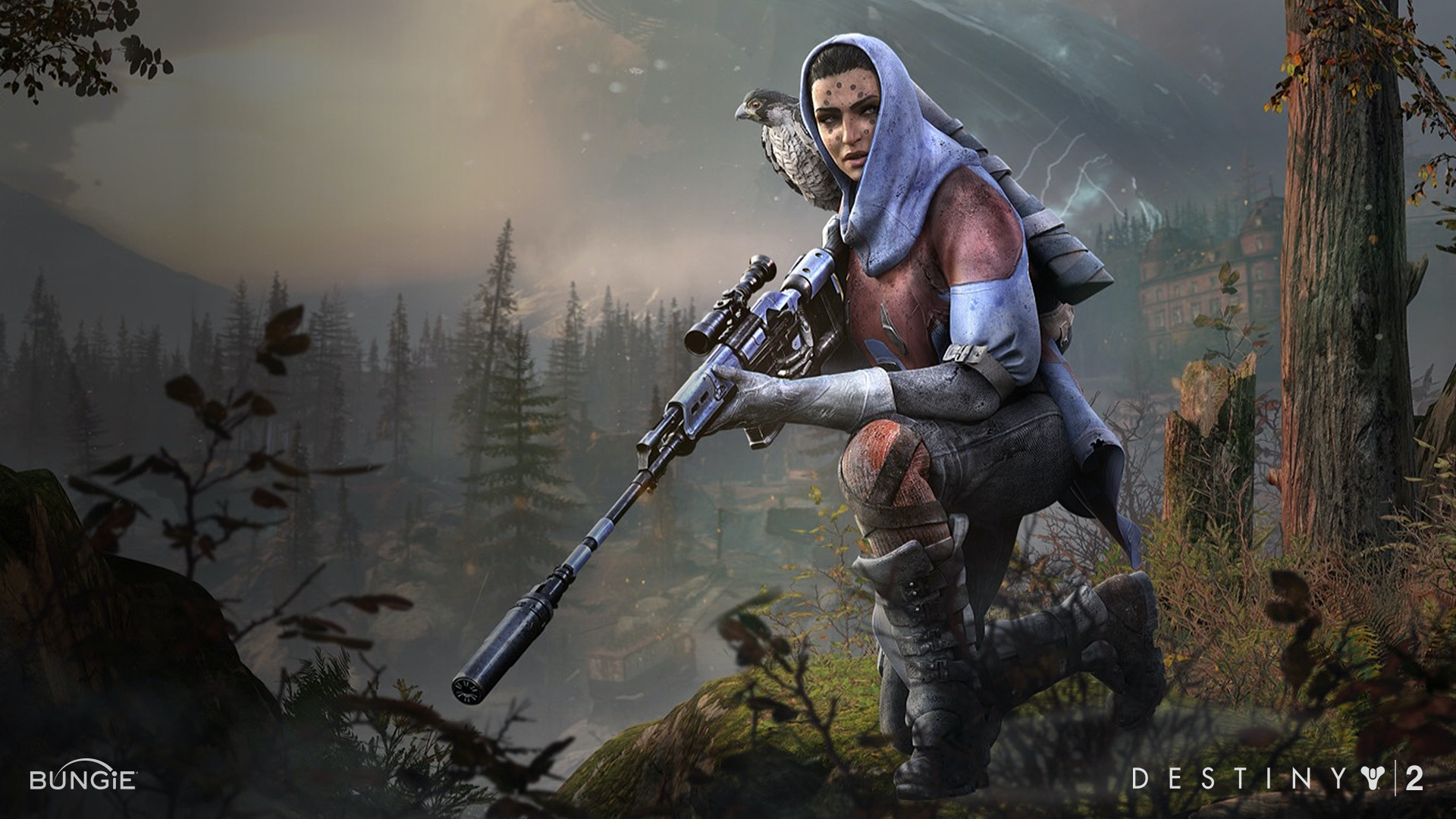On Monday of this week, we talked about women in the workplace, and how it directly is impacting the VR world. We posted about the Q&A Oculus did with Kate Wurzbacher. In succession to that interview, Oculus is now highlighting Corinne Scrivens, the Principal Artist at Polyarc

Oculus did a Q&A with Corinne and posted it on their Blog Page. For the full post, you can check out the entire post there. For your reading convenience, we have included the full interview below.
Q&A with Corinne Scrivens
How did you get your start in the tech industry?
Corinne Scrivens: When I started university, I knew I was excited about doing art for a living and I really liked creating characters. I majored in Entertainment Art and tried a whole bunch of different classes before deciding that I enjoyed working digitally and that working in 3D was really fun. I took Maya classes and taught myself how to use programs like Photoshop, Illustrator, and ZBrush. My junior year of college, a graduate of the school reached out to let us know that his company Neversoft was looking for motion capture interns to help with the Guitar Herogames they were making. I have always loved video games and their ability to take you to new immersive worlds, so I jumped at the opportunity to see what working on them was like. I learned a lot about motion capture, but most importantly I discovered that I really loved working on video games.
Tell us about your current role.
CS: As a Principal Artist at Polyarc, I focus on designing, blocking out, and finishing in-game assets as well as defining and implementing our artistic goals within the limitations of design and performance constraints. I collaborate closely with other developers across all disciplines on creative ideas and solutions, help contribute to our studio’s mentorship goals, and create workflows and develop prototypes for any challenges we run into.
One of the things I really like about Polyarc is that everyone is encouraged to go outside of their specialty and engage in other areas of game production. Even though my background is in character art, since starting here I’ve gotten the opportunity to create characters, enemies, environments, VFX, use visual scripting to prototype enemy spawn and level layout systems, create basic enemy AI, design player feedback for hand interactions, develop a method and workflow for how to tell our games story, and even helped design some merchandise.
Who’s your favorite figure from women’s history?
CS: There are so many, it’s hard to choose just one! I’m a fan of trailblazers who help challenge the notions of what women can be, like Carol Shaw, the first female video game programmer/designer who created many popular Atari games; Mary Blair, the Art Director who defined the aesthetics of golden age Disney; and Ada Lovelace, the world’s first computer programmer.
How do you see yourself making history?
CS: Virtual reality is still a new and relatively unexplored medium. I’ve worked in the games industry since 2008, and Moss was the first game I worked on that I’ve seen people break down into literal tears of joy when playing. Exploring leading-edge mediums like AR, MR, or VR gives me a chance to make new and exciting discoveries that will define the future of games to come.
If you could give one piece of advice to a young girl considering a career in tech or the arts, what would it be and why?
CS: The people who are eager to tell you what you can’t do are also often the people who don’t know what you can do. Try things out for yourself to see what is possible and don’t beat yourself up if you don’t get something right on the first try. Skill and talent are things that you need to practice to get better at.
What concrete steps can people take to help make the tech industry a more inclusive and welcoming space?
CS: Reaching out and listening to what people say without becoming defensive, even though what they have to say may be hard to hear. There are a lot of companies and managers that go to a class or seminar and then pat themselves on the back for a job well done—without ever reaching out and trying to learn from the employees and people that they’re trying to be more inclusive and welcoming to.
How do you go about designing games for a diverse audience and/or ensuring representation of strong women characters in your own work?
CS: Luckily I work at a studio that places a lot of value on creating strong women characters. Both leadership and employees recognize that equal representation is important and have open discussions about what we can do to help shift our industry to something more balanced.
The way I try to create games for a diverse audience is by increasing the diversity of viewpoints involved in the game’s creation, whether that be by hiring more diverse writers and developers or by playtesting gameplay, story, and characters with a wide variety of people.
I believe strongly that it’s possible to make broadly appealing games that also appeal to the more “hardcore gamers.” Developers don’t have to pick one demographic to develop for. Considering a diverse audience strengthens your game design, makes your world and story more interesting, and increases the audience that your game can reach.
What’s your favorite piece of AR/VR content and why?
CS: Currently Beat Saber because of how fun it is to see people who never considered themselves gamers get really into it. In fact, my mother in-law just texted us to ask how to get new songs to play.
Where do you see yourself in five or 10 years?
CS: Creating content that I’m excited about as well as continuing to explore the unknown to see what’s possible.
Anything else you’d like to share with our readers?
CS: Thank you to everyone who played Moss. Your support lets us do what we love for a living. Wish I could say more about what we’re planning, but I can say that I’m excited about what we will have to show you all!






























